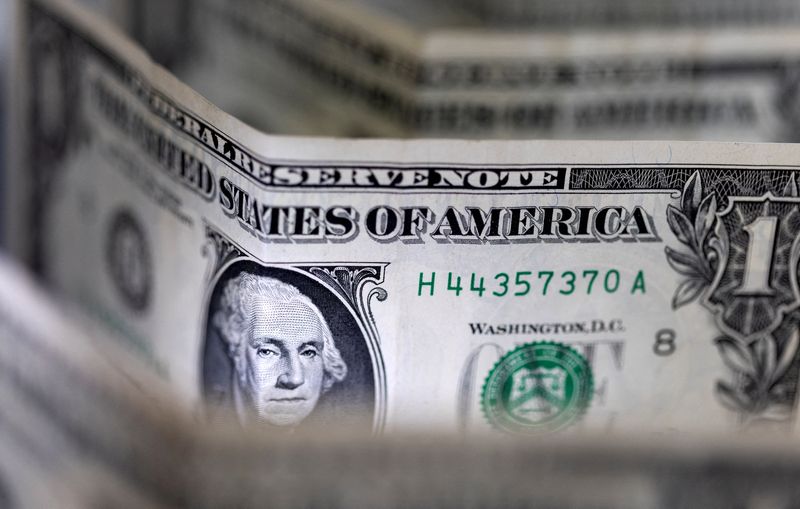The Indian rupee recorded its strongest weekly performance in over 18 months, influenced by the dollar’s reaction to its recent correction and the easing of concerns over U.S. tariffs.
According to Reuters, the rupee closed at 86.8225 against the U.S. dollar, appreciating by 0.7% over the week.
The Reserve Bank of India (NSE: BOI)’s (RBI) significant intervention played a key role in the rupee’s rally, along with the absence of new U.S. tariffs, which had been anticipated by President Donald Trump.
Kunal Kurani from Mecklai Financial pointed out that the rupee is expected to continue tracking the dollar’s movements after this rally, which likely forced the unwinding of certain positions.
Last week, the dollar index fell by approximately 1%, and it is down around 3% from its peak earlier in the year. The absence of immediate reciprocal tariffs from Washington contributed to the dollar’s decline.
Kurani emphasized that any developments concerning tariffs would be closely monitored, as they could hinder the rupee’s recovery. Traders anticipate the rupee to fluctuate within the 86.50-87.20 range.
The benchmark 10-year bond yield in India remained largely unchanged, ending Friday at 6.7071%. The bond market expects yields to trade between 6.65% and 6.75% this week.
The previous week’s narrow range of 6.68%-6.73% reflected cautious sentiment after the RBI did not announce additional liquidity measures, contrary to some market expectations.
The RBI reduced interest rates by 25 basis points in the previous week but stopped short of unveiling new liquidity injections. Market participants interpreted the central bank’s commentary as cautious. ICICI Securities Primary Dealership anticipates another 25 basis points rate cut in the RBI’s April meeting and potentially a further cut later in the fiscal year, possibly in October, although the timing is less certain.
Over the past month, the RBI has injected 2.68 trillion rupees ($30.88 billion) into the banking system through various means, including open market bond purchases, secondary bond purchases, a dollar/rupee swap, and a long-term repo operation. The central bank is set to purchase bonds worth 400 billion rupees on Thursday.
As the end of the financial year approaches, the market is looking to the RBI for further steps, anticipating tighter liquidity conditions.
Key economic data releases and central bank communications will provide additional market cues, with the RBI’s policy meeting minutes due on February 21, Friday. Other significant events include the HSBC Flash manufacturing, services, and composite PMI, as well as various U.S. economic indicators such as housing starts, jobless claims, the Philly Fed Business Index, and S&P Global Flash PMIs.




